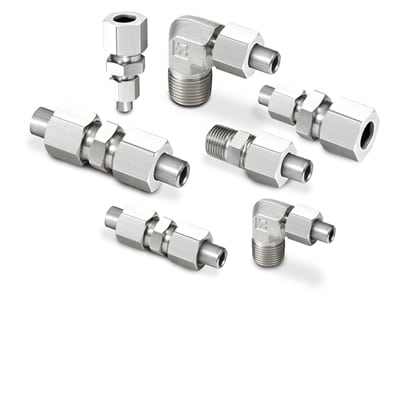Compression fittings are crucial parts of numerous mechanical and plumbing systems. They provide a safe connection that won’t leak when pipes or tubes are combined with them. Compression fittings come in a variety of varieties, each having special uses and benefits. Let’s examine some of the most popular compression fitting varieties and how they function.
Copper Compression Fittings
Copper compression fittings have been around for a long time because copper is one of the oldest materials used in plumbing. Copper is a material that may be used for both hot and cold water applications and is extremely sturdy and corrosion-resistant. Compression fittings made of copper are easy to install and offer a reliable connection between pipes or tubes. These fittings are perfect for maintenance or repair work because they can be removed quickly.
PVC Compression Fittings
Given that PVC (polyvinyl chloride) is one of the most widely used materials in plumbing today, the existence of PVC compression fittings shouldn’t come as a surprise. These fittings make it possible to join PVC pipes without using glue, which reduces installation time and costs. They are perfect for repairs or replacements because they are very simple to remove.
Brass Compression Fittings
Due to its longevity and resistance to corrosion from exposure to water, brass has long been considered one of the best materials for plumbing applications. Because brass has a higher tensile strength than other metals like copper or aluminium, it offers all the same advantages as copper and PVC compression fittings with increased strength. Compression fittings made of brass can withstand higher pressures than their competitors, which makes them perfect for high-pressure applications like gas or water lines where extra sturdiness is required.

